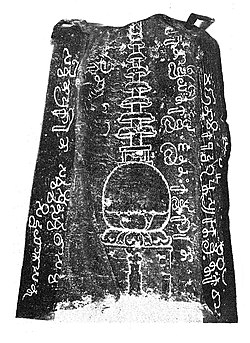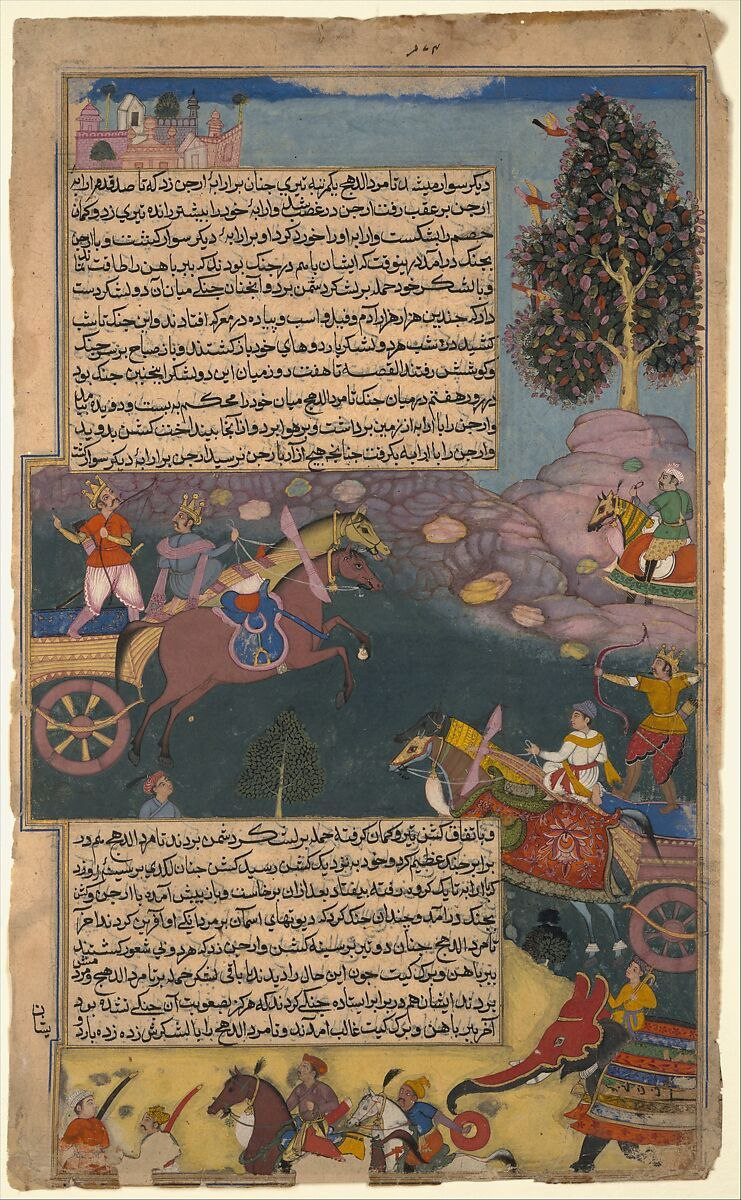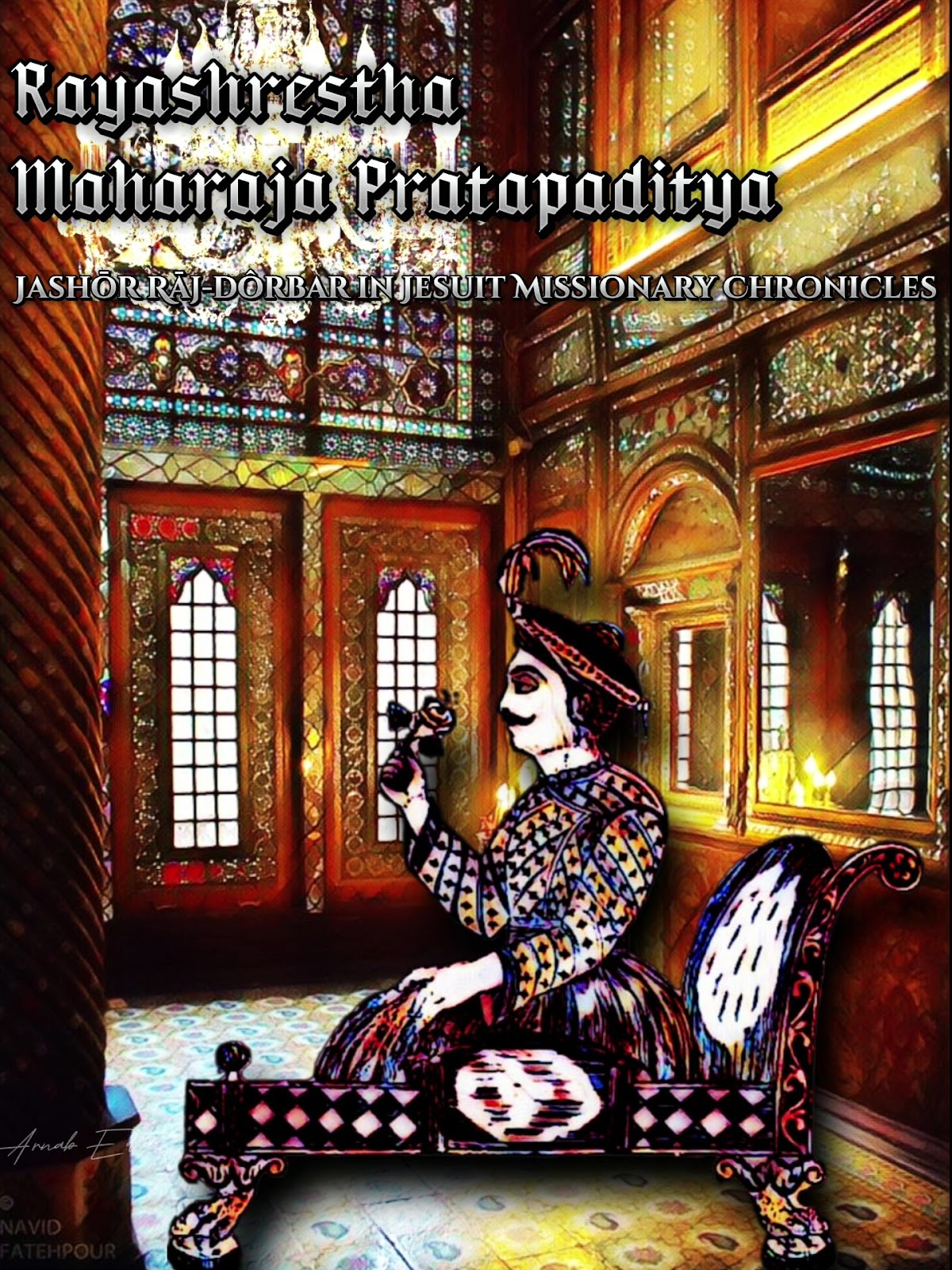Mahanavika Buddhagupta - The Bengali Merchant turn Monarch who Established Hindu Kingdom in Malaysia

We all are aware of the story of the conquest of Sri Lanka and the establishment of the Sinhalese kingdom with the 700 boats of prince Vijaya Singha of the Simhapura kingdom of Bengal. Especially in several countries of South and Southeast Asia, there are many traces of the ancient Bengali raids and colonization or establishment of independent kingdoms. In fact, Aryanism and Hindu civilization entered countries like Vietnam, Malaysia, Cambodia, Indonesia through the arrival and colonization of the Bengalis. The influence of which can be seen in the continuous influence of Gaudiya style in the temple-architecture of the respective countries. Bengali architects are the builders of several large temples like Onkarnath (Ankorvat), the world's largest temple, or Barbudhar (Borobudur) temple. So the poet Satyendranath Dutta proudly said - “শ্যাম কম্বোজে ওঁঙ্কারধাম মোদেরই প্রাচীন কীর্ত্তি।”. Vijaya Singha established a kingdom in Sri Lanka, while Lak-Lam (Lakshmanam), the ruler of the Na



